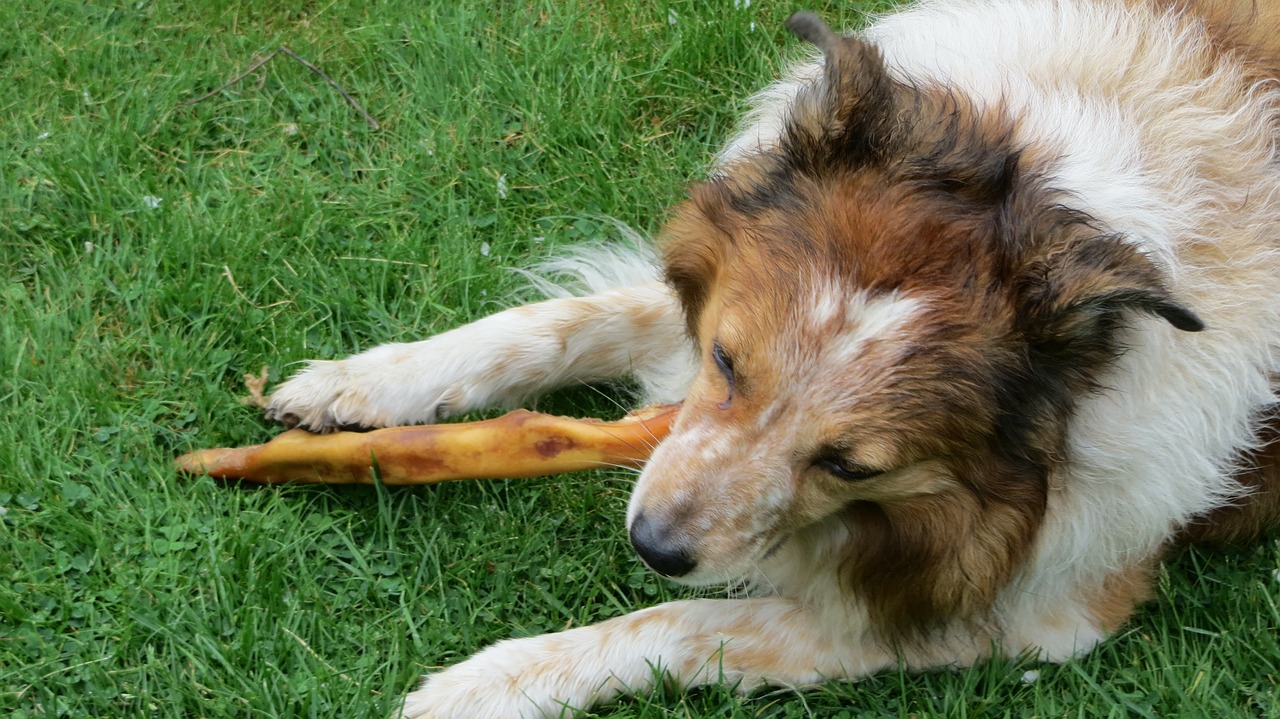What Can Dogs Eat and Not Eat?

Lots of dog owners find themselves wondering “what can dogs eat and not eat?”
Dogs seem to have digestive systems made of steel.
They can lap up puddles and munch on trash without ever seeming to get sick – at least not for long.
But dog food exists for a reason: human food can be unhealthy or downright dangerous for dogs.
Giving your dog some scraps every now and then is okay, but you want to make sure your dog stays safe, too.
What Can Dogs Eat and Not Eat? Your Thorough List for Keeping Your Dog Safe
Although some human food is fine in moderation, you shouldn’t overdo it with any of these foods – even the safe ones.
Dogs need specific nutrition. Too much human food can contribute to weight gain, high cholesterol, and high blood pressure. Dogs can also become diabetic and have health problems just like humans.
So, what can dogs eat and not eat? Here’s a thorough list.
Green Light – Go for It
These foods are perfectly safe for dogs to eat in moderation. Most of these foods are also filled with healthy vitamins and minerals so they make excellent healthy snacks.
- Celery
- Potatoes
- Oranges
- Mushrooms
- Eggs: just make sure they’re cooked
- Strawberries
- Bananas
- Rice
- Turkey: lean and healthy protein.
- Mango
- Coconut
- Sweet potatoes
- Salmon: great source of vitamins and minerals
- Chicken
- Broccoli: a low-calorie snack with lots of protein and vitamins
- Peanut butter: a healthy and safe treat in small amounts
- Apples
- Oatmeal
- Green peas
- Corn
- Blackberries
- Bread: suitable as a treat
- Watermelon
- Pineapple
- Popcorn
- Blueberries: lots of antioxidants
- Carrots: low calories and full of vitamins
Yellow Light – Proceed with Caution
Take these foods slowly.
High-fat foods should only be consumed in moderation because they can contribute to high cholesterol and heart problems.
Although shellfish and other foods may be safe, that doesn’t mean your dog may not be allergic to them.
- Red meat like steak and beef
- Cooked shrimp: never raw and watch out for shells
- Tomatoes
- Cashews: lots of fat and salt
- Milk
- Honey: high sugar content
- Peanuts
- Anything salty: too much salt can become poisonous and cause seizures.
- Cheese: it’s safe but contains lots of fat and lactose.
- Cottage cheese
- Almonds: all roasted nuts contain high levels of fat and salt
- Cherries: although pits are poisonous
- Cinnamon: safe but could irritate your dog’s mouth
Red Light – Avoid at All Costs
These are the foods dogs absolutely should not eat. The foods on this list can trigger food poisoning in dogs although they may be perfectly safe for humans.
If you’re eating these foods for dinner, make sure to take the trash outside so ensure the dog won’t sneak a taste of the scraps.
- Chocolate
- Raw dough with yeast: can cause alcohol poisoning
- Avocados
- Macadamia nuts: very poisonous for dogs due to an unidentified toxin
- Xylitol (artificial sweetener)
- Grapes and raisins: very toxic for kidneys
- Bacon and cured meats: high levels of salt
- Nutmeg: make sure to avoid giving your dog any baked goods containing this spice
- Garlic: dangerous even in small amounts
- Onions: contain a compound that could damage red blood cells and cause anemia
- Coffee, tea, and caffeine
- Alcohol
- Lemons and limes
Signs of a Food Allergy or Food Poisoning in Dogs
Food poisoning in dogs is no joke – just like with humans, it can be fatal. The symptoms arise quickly and can trigger seizures in particularly bad cases.
It’s important to understand the signs and symptoms so you can identify food poisoning and get your dog the help she needs right away.
- Low-grade fever
- Salivation
- Nausea and vomiting
- Whimpering or crying from cramping or abdominal pain
- Wobbliness or dizziness
- Loss of appetite
Check out our article on how to prevent dog poisoning here.
Many people also may not realize that their dogs could, in fact, have an allergy to certain foods – or even a medical condition like diabetes.
Keep an eye out for these signs and symptoms of food allergies in dogs so you can attempt to eliminate certain foods or adjust their diet accordingly.
- Dry, red, scabbed, or itchy skin
- Nonstop scratching
- Ear infections
- An inflamed throat: snoring or wheezing
- Chronic licking – especially paws
- Swollen paws
- Vomiting, nausea, or upset stomach
- Diarrhea
- Watery or itchy eyes
You can check out the top 5 home remedies for dog allergies here.
When in Doubt: Don’t Do It
Got an item you’re unsure of that isn’t on this list? When that happens, it’s probably just best to avoid the item – better safe than sorry.
The last thing you want is to accidentally give your dog food poisoning.
If you still really want to give your dog an uncertain tasty treat, ask your vet. He or she knows better than anyone else.
